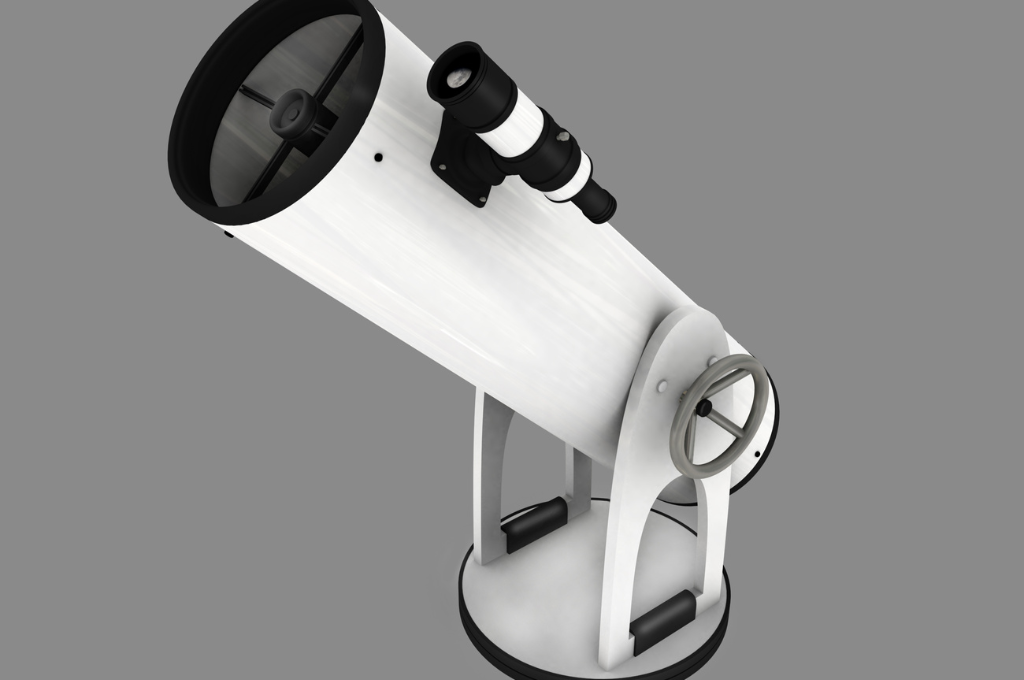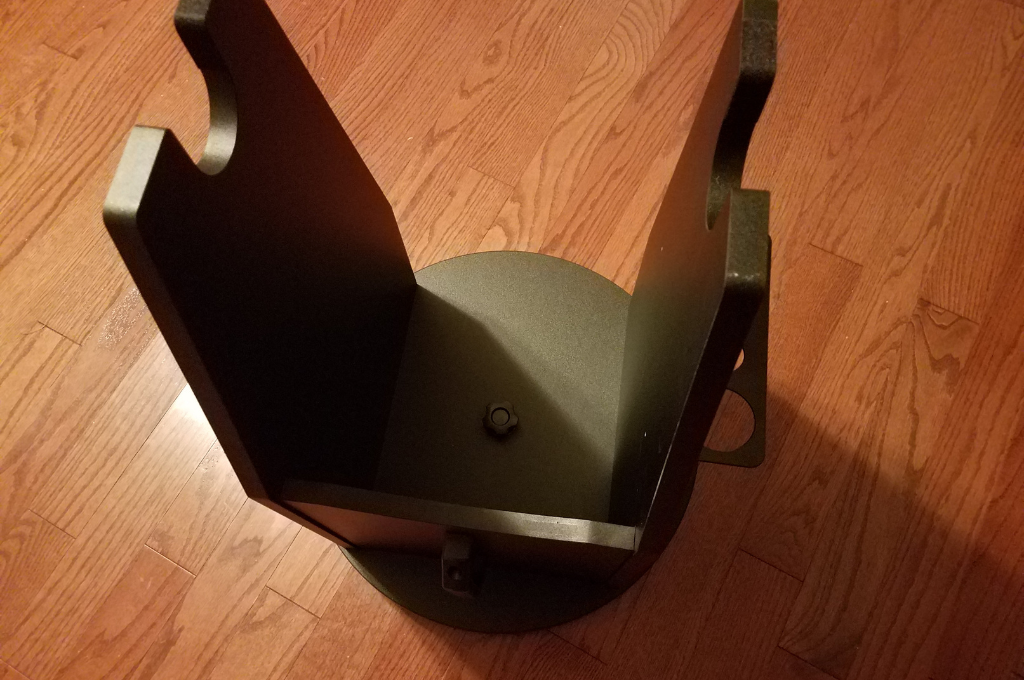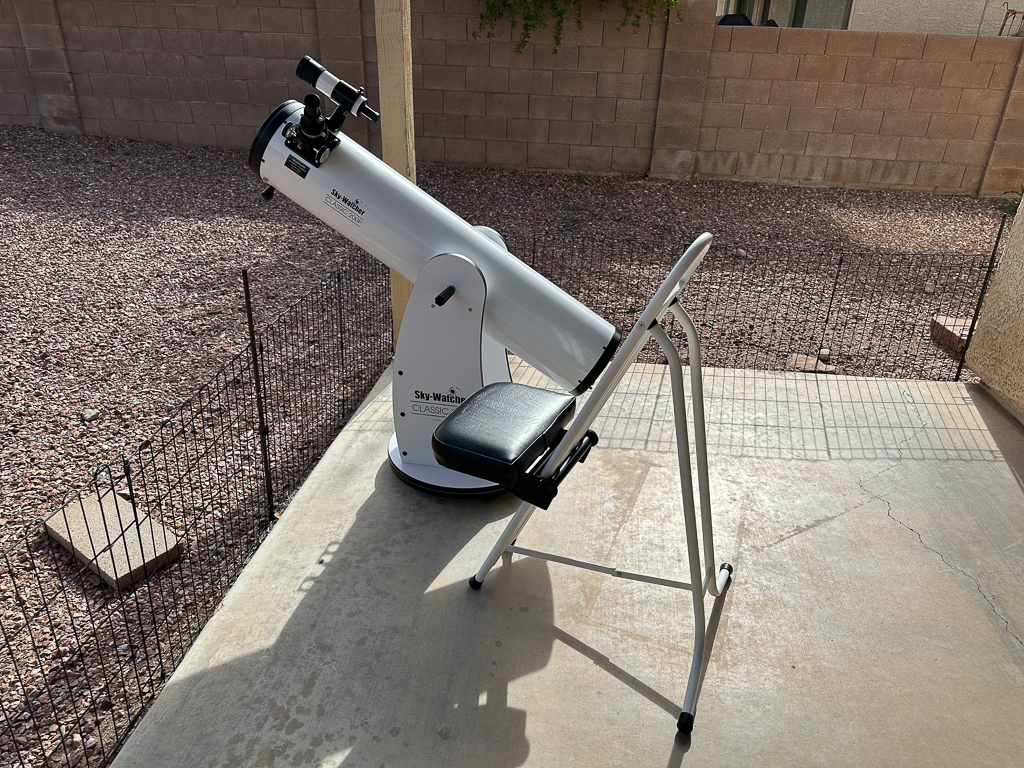In the world of amateur astronomy, the terms “Dobsonian” and “Newtonian” are often used interchangeably, leading to confusion among enthusiasts. While both refer to specific aspects of a telescope, they pertain to different elements of the optical instrument.
In this article, we will explore the differences and similarities between Dobsonian and Newtonian telescopes, dissect the confusion surrounding their nomenclature, and delve into the pros and cons of these telescopic systems. Additionally, we’ll shed light on the various types of stands or mounts associated with Dobsonian telescopes to provide clarity for prospective stargazers.
Is a Dobsonian the Same as a Newtonian (Reflector) Telescope?
No, a Dobsonian is not the same as a Newtonian telescope. “Dobsonian” primarily describes the telescope’s mount, while “Newtonian” refers to a specific optical design of a reflector telescope, so these terms describe distinct aspects of a telescope.
Want to get started in astronomy?
Our free telescope cheat sheet breaks down the key factors to choosing a telescope and shows you how to get stunning views of planets, nebula, and galaxies!

A “Newtonian telescope,” often referred to as a “reflector,” is a telescope that employs a specific optical design attributed to Sir Isaac Newton.
It utilizes a concave primary mirror at the back of the telescope to gather and reflect light, directing it towards a flat secondary mirror, which, in turn, reflects the light to the eyepiece located on the side of the telescope.
On the other hand, a Dobsonian telescope is characterized by its mount or stand rather than its optical design. Named after amateur astronomer John Dobson in the 1960s, the Dobsonian mount is a simple, yet highly effective, alt-azimuth mount that facilitates easy movement of the telescope both vertically (altitude) and horizontally (azimuth).
In contrast to the more traditional tripod mounts, the Dobsonian design provides a sturdier and more stable platform for observations, particularly advantageous when viewing celestial objects at high magnifications.
The Dobsonian mount is commonly paired with Newtonian reflector telescopes, giving rise to the interchangeable use of the terms in casual conversation.
When someone refers to a “Dobsonian telescope,” they are often actually alluding to a Newtonian telescope mounted on a Dobsonian mount.

Pros and Cons of “Dobsonian Telescopes”
Pros:
- Affordability: Dobsonian telescopes are often more budget-friendly than their counterparts with complex equatorial mounts.
- Ease of Use: The simple alt-azimuth movement makes Dobsonian mounts user-friendly, especially for beginners.
- Stability: The sturdy base provides stability, reducing vibrations during observations.
- Large Aperture: Dobsonian telescopes are available in larger apertures, allowing for excellent light-gathering capabilities.
Cons:
- Bulk and Weight: Larger aperture Dobsonian telescopes can be bulky and heavy, making them less portable.
- Limited to Visual Observations: Dobsonian telescopes are primarily designed for visual observations and may not be suitable for advanced astrophotography.

Types of Stands/Mounts Associated with Dobsonian Telescopes
Dobsonian telescopes are renowned for their alt-azimuth Dobsonian mount, which offers simplicity and effectiveness. However, it’s important to note that there are variations in Dobsonian mounts:
Classic Dobsonian:
The Classic Dobsonian telescope is a time-tested design known for its simplicity and effectiveness. Its sturdy wooden or particleboard base provides a stable foundation, and the rotating azimuth bearing allows for smooth and easy manual adjustments.
While lacking some advanced features, the Classic Dobsonian is an excellent choice for observers who value straightforward operation and affordability. The design enhances stability and facilitates intuitive manual control, making it an ideal option for those entering the realm of amateur astronomy. It’s also pretty easy to put together even if you don’t have technical skills.
Truss Tube Dobsonian:
The Truss Tube Dobsonian introduces a collapsible design, featuring a truss tube structure that allows for easier transport and storage compared to the solid-tube counterparts. Some may also use a “rocker box.”
The collapsible nature of the telescope makes it an excellent choice for observers who seek a balance between portability and larger apertures. The truss tube design also reduces the overall weight, making it more manageable for stargazers on the go.

GoTo Dobsonian
The GoTo Dobsonian represents a technological advancement in the world of Dobsonian telescopes. This variant incorporates computerized, motorized systems that enable automatic object tracking. With the push of a button or the use of a hand controller, users can select celestial objects, and the telescope will automatically track and keep them within the field of view.
While adding a level of automation, the GoTo system enhances convenience, especially for those who may be newer to astronomy or desire a more guided observing experience. This advanced technology brings efficiency and precision to Dobsonian telescopes, providing a bridge between traditional, manual observing and modern, computer-assisted astronomy.
Want to get started in astronomy?
Our free telescope cheat sheet breaks down the key factors to choosing a telescope and shows you how to get stunning views of planets, nebula, and galaxies!

Conclusion
In conclusion, while a Dobsonian is not the same as a Newtonian telescope, the confusion arises from their often-concurrent use. Understanding the distinctions between these terms, as well as the pros and cons associated with Dobsonian telescopes, can empower aspiring astronomers to make informed decisions based on their preferences and observing goals. Whether you’re drawn to the simplicity of a Dobsonian mount or the optical prowess of a Newtonian reflector, the celestial wonders await your exploration.







